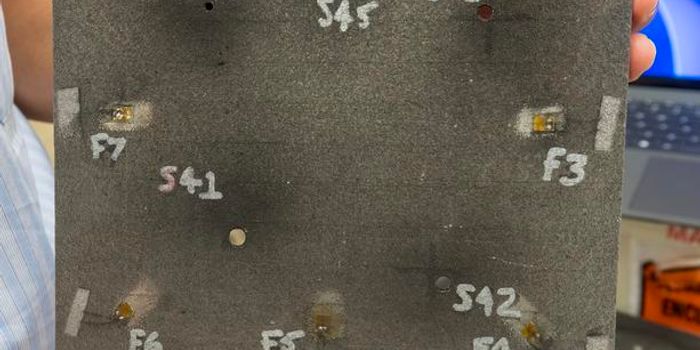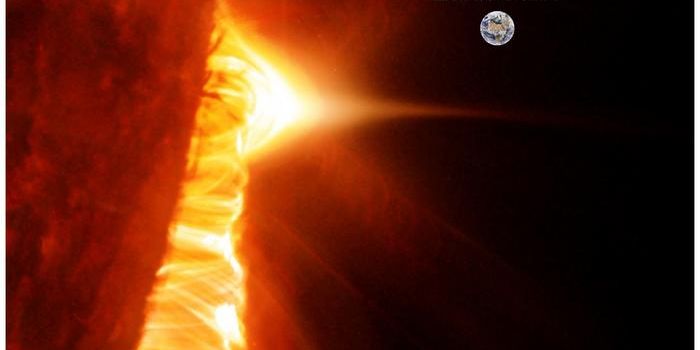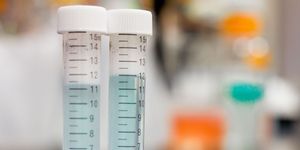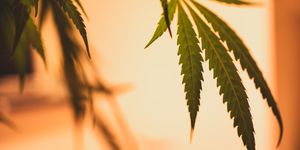NASA's Perseverance Rover Hears the Sounds of Mars
Who doesn’t like to zap things, even if only imaginary? Nearly everyone at some point in their life has yelled, “Pew! Pew! Pew!”, for fun. But when it comes to science, especially science on other planets, the zapping is very real, and NASA’s Perseverance Rover on Mars is happily zapping away as it tries to unlock the secrets of the mysterious Red Planet. But this pioneering rover does more than just zap. It listens, too.
For the last two decades, Dr. Roger Wiens, a professor of Earth, Atmospheric, and Planetary Sciences in the College of Science at Purdue University, and an expert in Mars robotics technology, has been building instruments to give humans eyes and a nose on Mars -- and now he's helping add ears as well.
Dr. Wiens led the team that built SuperCam, which is an instrument onboard NASA’s Perseverance Rover that’s designed to literally zap rocks as well as building the microphone responsible for sending back the first sounds of the Red Planet to Earth.
"When I was at Los Alamos National Laboratory, I started looking around to see if there were any Department of Energy technologies that we might be able to harness and use for planetary science, and that's where Curiosity's ChemCam, which later evolved into Perseverance's SuperCam, came from," Dr. Wiens said.
SuperCam is capable of zapping rocks up to 30 feet (9.14 meters) away, which is helpful since Perseverance’s arm can’t reach that far. Once zapped, SuperCam collects the light created in the brief flash that is then analyzed to learn more about the rocks, ultimately unlocking the secrets of the geology of Mars.
"When we zap these rocks, we can find out more about their hardness and composition by listening to the change in sound as a number of laser shots get fired into the rock in the same spots," Dr. Wiens said. "We can hear the helicopter Ingenuity, which is something we didn't expect to be able to hear. We can hear the wind and measure the speed and direction, as well as measure the size and speed of dust devils. We can listen to the rover's own sounds and monitor health and safety the same way you gauge your car's well-being by listening to the motor. Things sound different on Earth because the rover's ears are shaped different from ours and the atmosphere is so different, but we're making recordings and learning things every other day."
SuperCam
SuperCam is a remote-sensing instrument designed to study the mineralogy, chemistry, and atomic and molecular composition of samples encountered on Mars. The instrument is, in fact, many instruments in one. One unique feature of SuperCam is that it can rapidly acquire data without the need to reposition the rover or its arm upon the desired target, and it’s continuing to teach us about Mars with every zap it takes.
As always, keep doing science & keep looking up!
Sources: NASA Mars








